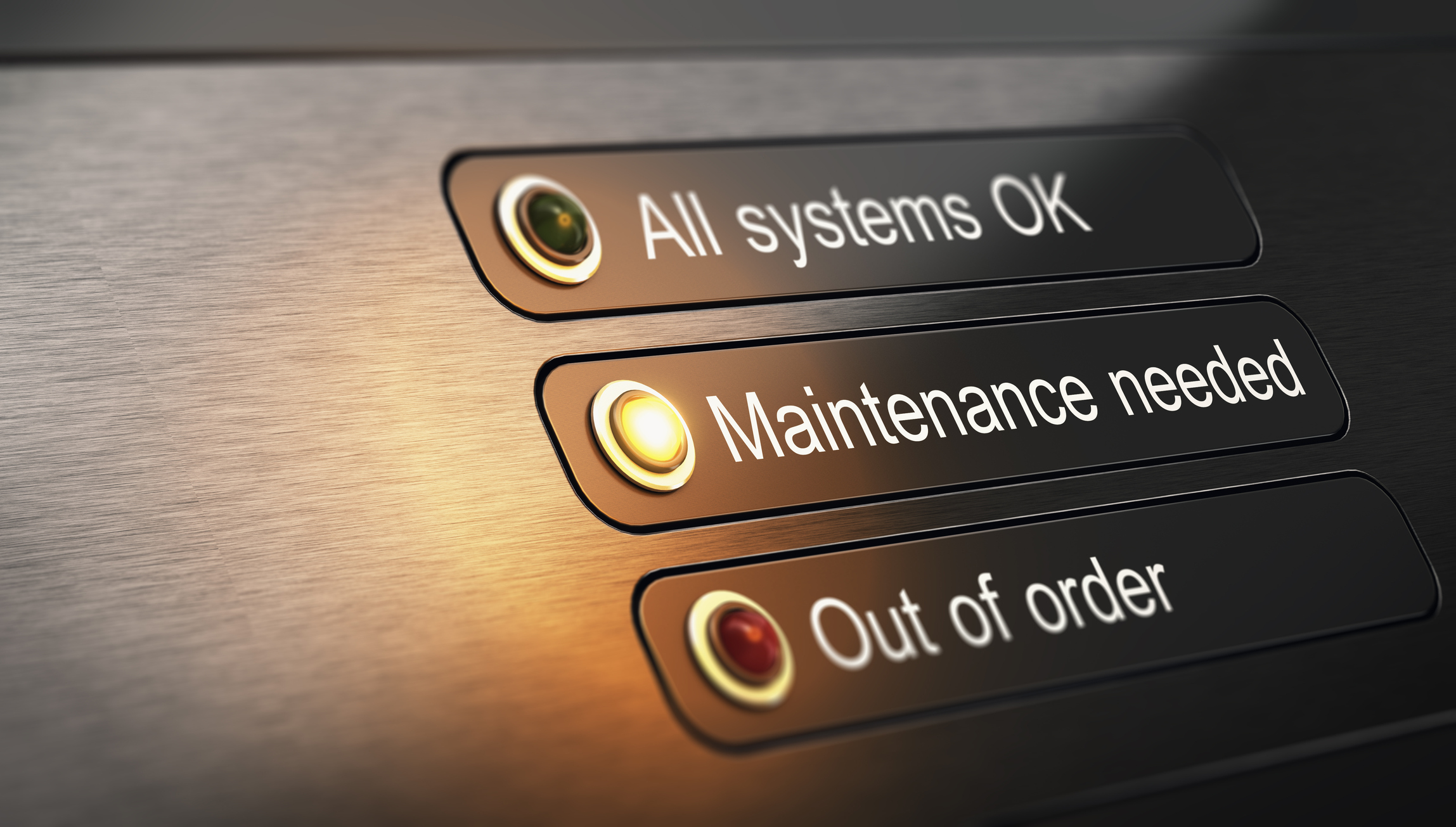Privacy Policy
Cookie Preferences
We use cookies and other tracking technologies to improve your browsing experience on our website, show you personalised content, and analyse our website traffic. Privacy Policy
We use cookies and other tracking technologies to improve your browsing experience on our website, show you personalised content, and analyse our website traffic. Privacy Policy



We can't say for certain what the future will bring. But we do know it will see an increase in energy costs, economic pressures that come with them, and increasing cyber security disruption.
Climate change. Declining crop yields. Disease and pandemics. The list goes on.
All contribute to growing concerns about the wellbeing of our planet and our species. When you say it like that it does sound quite depressing.
There is good news though! IoT has a big role to play in easing the environmental, industrial and societal problems caused by all of these changes. And because we all work in IoT, it means we have an opportunity to be part of the solution.
Necessity, it has been said, is the mother of all invention, and modern solutions are needed to solve modern problems. The tech industry is constantly responding to the challenges that global unrest throws at us. In particular, issues escalated by events caused by the invasion of Ukraine need attention. Industrial IoT has a significant role to play in providing solutions to help protect against the threat to our critical infrastructure.
The situation in Ukraine has led many countries to diversify their energy supplies. This has created a new problem for the companies managing critical infrastructure around the globe. Towards the end of 2022, we saw that Germany became completely free from any form of natural gas supplied from Russia.
This switch has brought with it construction of newly “at risk” infrastructure such as floating liquified natural gas (LNG) storage. We see many terminals like the one built on the Wilhelmshaven. Floating storage is also being used in Poland, the Baltic states and Finland to keep gas piped from Norway across Denmark.
New energy supply means building new critical infrastructure. New infrastructure means that there are new highly visible and public structures that might be vulnerable.
When there is a need to preserve the resilience and integrity of critical infrastructure, there is also a need for innovation. That’s where IoT comes in. Real time.
Critical infrastructure is defined as as “critical elements of infrastructure". Assets, facilities, systems, networks or processes as well as the essential workers that operate and facilitate these infrastructures”. A significant impact on national security, or major detrimental impact on the availability of key services (Water, Energy, Food).
Emergency services, health and transport. These are all significant sectors that can be further protected by using IoT solutions in various guises.
People in the industry talk about IoT with little regard for people outside of the industry. It doesn't mean a lot to business and organisations that can benefit from it. IoT is a horizontal that spans across dozens of verticals.
In many respects, where Critical Connectivity is concerned, IoT is so ubiquitous it’s just “doing business”. That’s what the industry should focus on. Taking about business in a language that those who can benefit from IoT can relate to.
It’s best to talk about IoT in terms of case studies and use cases. IoT solves thousands of problems along with a healthy doze of ROI but it isn't always clear what those returns are! Buyers of industrial IoT from SMEs to large corporates can understand and relate to a financial return. Statements such as "Condition based monitoring can save you £30k in annual maintenance" are what businesses want to hear.
It should be said that a return on investment, is also not being fined by a regulator for preventable breaches.
Condition based monitoring is one of the very IoT solutions that can be used to preserve and protect critical infrastructure. A combination of vibration sensors and connected pressure gauges can be used to help manage risk.
If IoT is good at anything it’s good at providing information immediately, really “real time” as it were. This need to provide the right insight to resolution timeline can only be fully provided with resilient connectivity. The world’s leading mobile network operators provide high quality licenced connectivity.
Connectivity from MNOs is hugely reliable, but for reasons beyond their control it isn't always fully resilient.
IoT devices that remain online with resilient connectivity are the ones that reliably tell us what is happening, when it's happening. This allows us to make qualified decisions. Using IoT to make critical decisions is the first step on the journey to success. Using IoT to automate change based on learning from those decisions is IoT nirvana.
Similar technology to that used in the predictive maintenance case can be installed to monitor the integrity of gas pipeline infrastructure. Unusual activity highlighted by ultra sensitive vibration sensors can be installed along the pipeline infrastructure. Monitoring crews can then detect physical condition changes provided by digital solutions. This can be further enhanced with 4G CCTV monitoring powered by LTE Routers and encoders.
Critical infrastructure isn't just about preserving and piping energy into our homes though. We need to sustain ourselves as well as our environments and quality water supply is a huge part of that. The EU Commission has strict targets on water quality. Member states need to comply by 2027, and the UK has the same objectives set in post-brexit law.
Water quality has been linked to stalling economic growth by the World Bank. It's a subject that has an impact on both global environmental and financial conditions.
There are many high profile cases of water and sewage companies being fined as a result of not meeting environmental commitments. Since 2015, the UK's Environment Agency alone has issued fines in excess of £140M and prosecuted over 50 different organisations.

In part these breaches could be avoided by detecting, and in some cases preventing, conditions that led up to the offences. IoT sensors can be used to detect the quality of the water. Remote monitoring in the form of 4G cameras can be used to observe real time change. A combination of both of these IoT capabilities represents a powerful preventative solution for water companies.
At the heart of all of these use cases (Water & Energy) is the need for an "always on" network. Cellular IoT is amazing in that it's very difficult to turn off a mobile network. A telephone wire can simply be cut. When you combine MNO IoT reach, with critical infrastructure resilience from a company like CSL, that's when IoT gets "really" exciting.